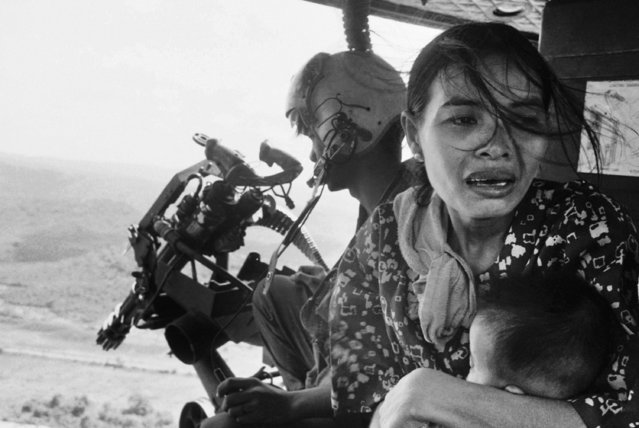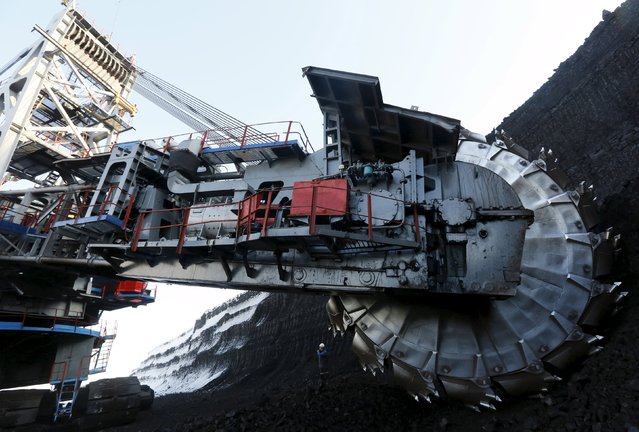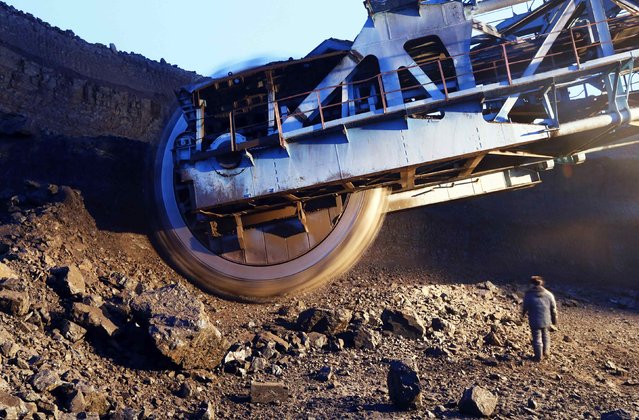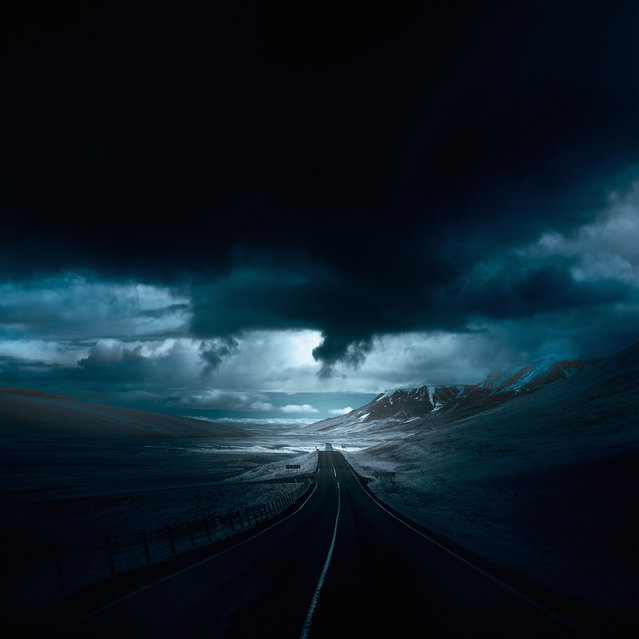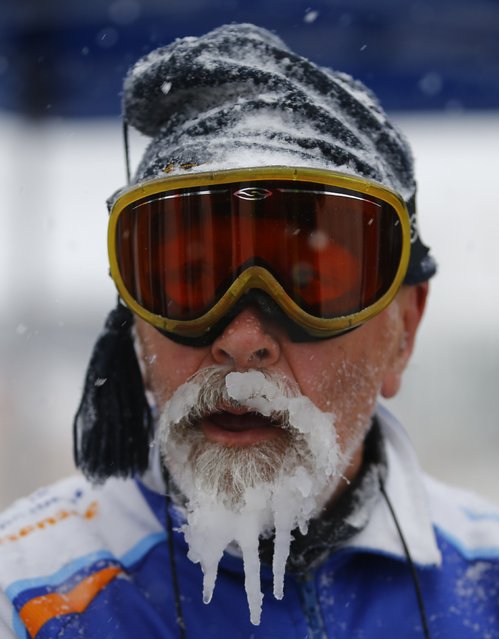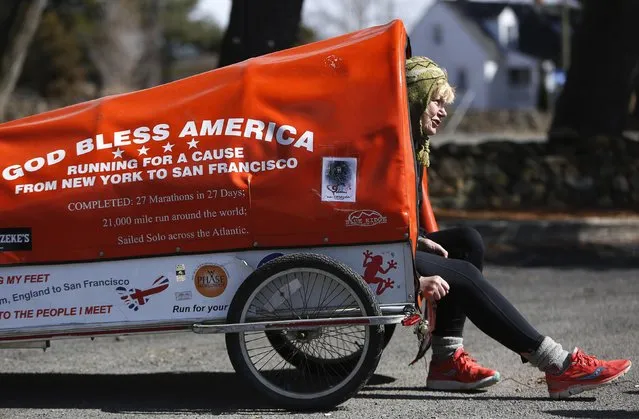
Brave slackliners have been pictured walking the ropes above Rio de Janeiro, Brazil on August 15, 2016, with the half a mile drop showing the city in all its glory. The stunning shots show the daredevils tread across an eighty-two-foot-long high line on Pedra da Gvea mountain with an amazing sunrise illuminating the city landscape behind. (Photo by Rafael Moura/Caters News Agency)
25 Aug 2016 09:55:00,post received
0 comments

